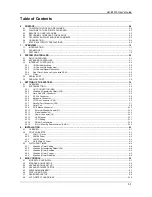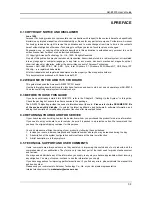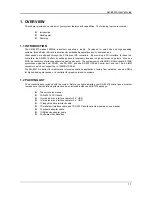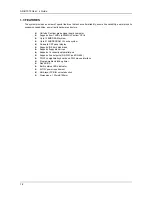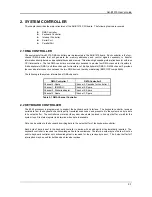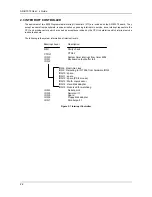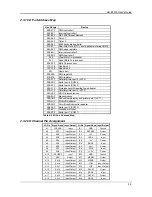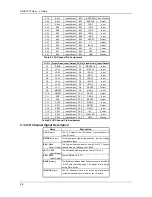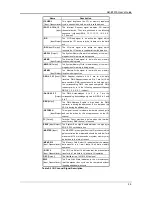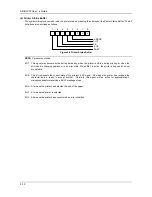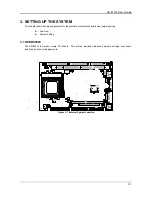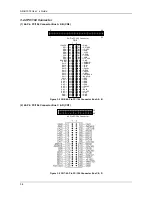
AR-B1579 User's Guide
2-1
2. SYSTEM CONTROLLER
This chapter describes the major structures of the AR-B1579 CPU board. The following topics are covered:
!
DMA Controller
!
Keyboard Controller
!
Interrupt Controller
!
Serial Port
!
Parallel Port
2.1 DMA CONTROLLER
The equivalent of two 8237A DMA controllers are implemented in the AR-B1579 board. Each controller is the four-
channel DMA device that will generate the memory addresses and control signals necessary to transfer
information directly between a peripheral device and memory. This allows high speeding information transfer with less
CPU intervention. The two DMA controllers are internally cascaded to provide four DMA channels for transfers to
8-bit peripherals (DMA1) and three channels for transfers to 16-bit peripherals (DMA2). DMA2 channel 0 provides
the cascade interconnection between the two DMA devices, thereby maintaining IBM PC/AT compatibility.
The following is the system information of DMA channels:
DMA Controller 1
DMA Controller 2
Channel 0: Spare
Channel 4: Cascade for controller 1
Channel 1: IBM SDLC
Channel 5: Spare
Channel 2: Diskette adapter
Channel 6: Spare
Channel 3: Spare
Channel 7: Spare
Table 2-1 DMA Channel Controller
2.2 KEYBOARD CONTROLLER
The 8042 processor is programmed to support the keyboard serial interface. The keyboard controller receives
serial data from the keyboard, checks its parity, translates scan codes, and presents it to the system as a byte data
in its output buffer. The controller can interrupt the system when data is placed in its output buffer, or wait for the
system to poll its status register to determine when data is available.
Data can be written to the keyboard by writing data to the output buffer of the keyboard controller.
Each byte of data is sent to the keyboard controller in series with an odd parity bit automatically inserted. The
keyboard controller is required to acknowledge all data transmissions. Therefore, another byte of data will not be
sent to keyboard controller until acknowledgment is received for the previous byte sent. The “output buffer full”
interruption may be used for both send and receive routines.



